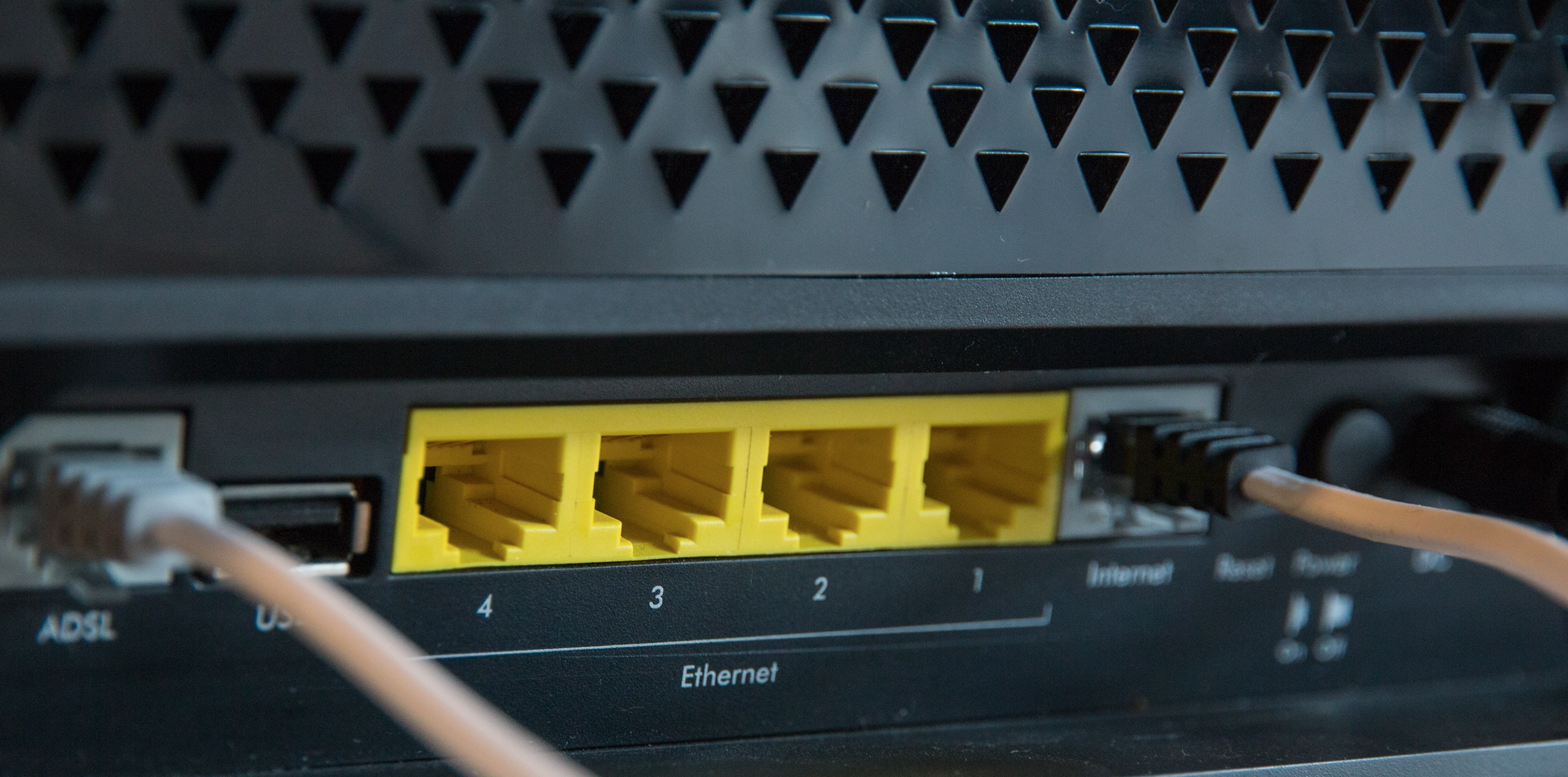A billion Wi-Fi devices suffer from a newly discovered security flaw

More than a billion internet-connected devices—including Apple's iPhone and Amazon's Echo—are affected by a security vulnerability that could allow hackers to spy on traffic sent over Wi-Fi.
The flaw, discovered by the cybersecurity firm ESET, effectively disarms the encryption used by a password-protected Wi-Fi network. This could let hackers watch the activity on the network as if it were wide open. But while this could mean victims are vulnerable to eavesdropping, software updates and other layers of security will likely prevent this attack from having catastrophic results.
Wh00ps: The vulnerability, dubbed Kr00k by researchers, affects devices with Wi-Fi chips by Broadcom and Cypress—used in a vast range of devices with wireless internet, including Apple, Google, and Samsung phones. But security updates have already been deployed to fix the issue, so the best advice is to make sure your computers, phones, and all internet-connected devices have the latest software and firmware.
Not good, not terrible: In a worst-case scenario, a significant amount of data would be exposed, including the websites you're visiting or messages you are sending. However, a lot of private communication on your Wi-Fi network should still be safe because of encryption used by websites themselves. So keep calm, salute the folks finding these problems, and carry on.
Deep Dive
Computing
Inside the hunt for new physics at the world’s largest particle collider
The Large Hadron Collider hasn’t seen any new particles since the discovery of the Higgs boson in 2012. Here’s what researchers are trying to do about it.
How ASML took over the chipmaking chessboard
MIT Technology Review sat down with outgoing CTO Martin van den Brink to talk about the company’s rise to dominance and the life and death of Moore’s Law.
How Wi-Fi sensing became usable tech
After a decade of obscurity, the technology is being used to track people’s movements.
Algorithms are everywhere
Three new books warn against turning into the person the algorithm thinks you are.
Stay connected
Get the latest updates from
MIT Technology Review
Discover special offers, top stories, upcoming events, and more.